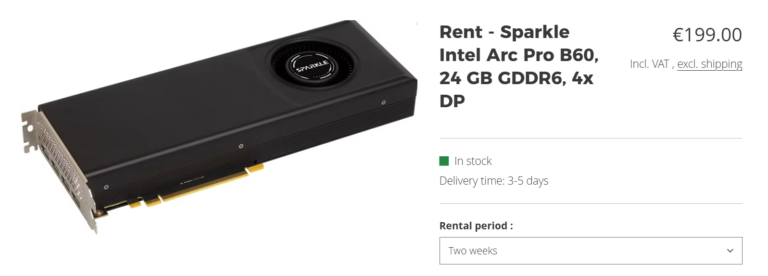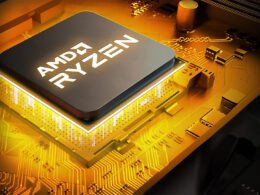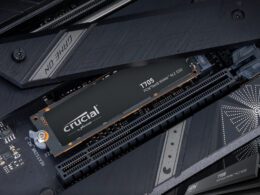In a surprising move within the tech industry, Intel has launched the Arc Pro B60, a graphics card that promises to shake up expectations with its substantial 24GB of memory. While initially aimed at professionals requiring high-performance computing, this card’s memory size catches attention compared to similarly priced competitors. With a unique retail price structure, Intel seems to be targeting both individual buyers and companies seeking cost-efficient solutions for their graphic-intensive needs.
Traditionally, Intel has been recognized for its processor innovations rather than graphic cards, yet the Arc Pro series signals a notable expansion into the high-performance graphics market. The Arc Pro B60 comes with 24GB of memory, a metric that could potentially redefine user priorities in gaming, 3D rendering, and other demanding tasks.
Comparative Pricing and Rental Offerings
In Australia, the Arc Pro B60 is available for $530 USD exclusive of taxes, presenting a competitively priced option when considering its memory capacity. However, in Europe, the card’s recommended retail price rises significantly to 750 euros, pressuring companies and individuals who might be budget-conscious but in need of its capabilities.
Interestingly, some European vendors have introduced a rental option for the Arc Pro B60, an approach not commonly seen in graphics card offerings. Prospective users can rent the card at 200 euros for two weeks or 250 euros for a month, reaching up to 500 euros for a six-month period. This model could appeal to users with short-term projects requiring enhanced graphical power without a long-term investment in hardware. However, it raises questions about the suitability of such financial strategies in the mass consumer market compared to traditional purchase models.
Restrictions and Market Impact
The rental service explicitly prohibits the card’s use for cryptocurrency mining, a common concern among graphics card designs due to potential wear-and-tear caused by prolonged, intense usage. The restriction exemplifies the balance that firms must maintain between product usage policies and the enforcement of these terms.
With these strategic decisions, Intel is not only presenting an innovative product but also exploring a rental business model that reflects broader trends toward more flexible, service-oriented hardware transactions. This tactic allows companies to gauge reception before wider adoption or potentially reflect the ever-evolving dynamics in tech procurement.

Photo Videocardz





